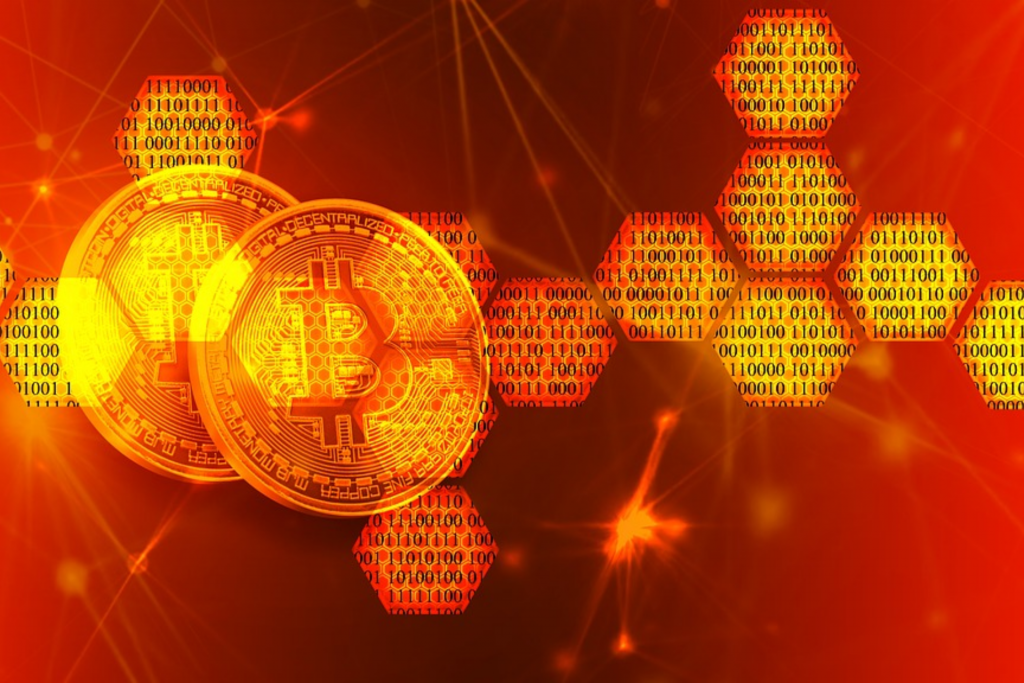What is Tron (TRX)? Everything You Need to Know About This Cryptocurrency
There are many blockchain-based platforms that give the user the option for decentralized transactions. One of them is Tron (TRX). So what is Tron?
Tron is one of the largest blockchain-based platforms dedicated to using cryptocurrency to reshape the internet. It offers a decentralized transaction processing infrastructure and allows developers to create smart contracts and decentralized apps on its network. The platform is dedicated to providing users with data liberation to freely exchange content online without relying on a third party.
What is Tron (TRX)?
Tron is a decentralized network created to help content creators. Text messages, photos, audio, and videos can all be shared by content providers. And they will be able to profit directly from the content they create. It gives an unfiltered platform on which individuals can freely express themselves.

This blockchain network has four main features.
- Data Liberation – Users are free to share content on the network without fear of censorship
- Decentralized Apps (Dapps) – On this network, developers can create decentralized apps and games
- Digital Assets – An ecosystem where users own all rights to the content they create. They can also accurately track the effectiveness of the content they share
- Personal ICOs – Users can utilize this platform to develop their cryptocurrencies and raise funds
Tron (TRX) History

Sun Yuchen (Justin Sun), a former Ripple (XRP) chief representative, founded Tron in 2017. He is also the creator of the popular live-streaming service Peiwo, which has over 10 million users. The project began on the Ethereum blockchain before migrating to its mainnet network in 2018.
In 2019, the TRON Foundation announced a collaboration with South Korean electronics behemoth Samsung. In 2020, when many businesses struggled to survive, the project’s popularity increased. In April 2020, Samsung began presenting the TRON section on the Samsung Play Store.
Similarly, in May 2020, the foundation launched BitTorrent Live, the largest peer-to-peer storage platform. In addition, JustSwap, a decentralized TRON exchange, was created in August 2020. More than 1400 Dapps were using this network by the end of 2020.
Since Tron delivers faster and more economical transactions than Ethereum, the transaction volume of Decentralized apps on its network exceeded Ethereum in late 2020.
Tron vs. Ethereum
Tron is a major Ethereum competitor since it supports smart contracts and decentralized apps (Dapps). Both blockchain networks use the Solidity programming language for smart contracts.
Tron can process 2,000 transactions per second, but Ethereum could have only processed 12-15 transactions per second. However, after the release of Ethereum 2.0, Ethereum is now able to execute roughly 20,000 to 100,000 transactions per second. Tron, interestingly, has no transaction costs.
It means that customers can move millions of dollars from one account to another without incurring any fees. In contrast, Ethereum costs a huge amount of money for gas fees. And, most of the time, the gas price is quite high due to increased traffic.
How Does Tron Work?
Tron’s network comprises three important layers that ensure the network’s flawless operation.
- Core layer – Users can write instructions in one of two programming languages: Solidity or Java. After being processed on the core layer, the instructions are sent to the Tron Virtual Machine. Based on the instructions received, the virtual machine executes logic
- Storage layer – This layer contains not only the blockchain’s transaction history but also smart contract data
- Application layer – On this layer, developers can create wallets and applications. Tron and TRX tokens power these programs
Tron uses a consensus technique called delegated proof-of-stake (DPoS), which differs slightly from the normal PoS protocol. The network chooses and compensates validators in a PoS consensus method based on the number of tokens invested.
The nodes of a DPoS system are chosen through a voting process. These nodes are known as “Super Representatives” in the case of Tron. The community members vote for 27 super representatives, and the procedure is repeated every 6 hours. These delegates contribute to the seamless operation of the blockchain by validating transactions to create new blocks.
For their contributions, the network pays these validators 32 TRX. Users can operate three types of nodes in this ecosystem besides super representatives (nodes).
- Full nodes – These users assist in broadcasting blocks and transactions
- Solidity nodes – These users develop APIs using the information produced by full nodes
- Witness nodes – Depending on the provided data, these users can vote on protocol decisions and submit blocks
What is TRX Used for?
TRX is the Tron network’s native token that can be used for various purposes. It has a market cap of $5.7 billion and a circulating supply of 92.33 billion TRX tokens. TRX is the 15th most popular cryptocurrency in terms of market cap, according to live data.
Staking
Users in this network do not participate as validators directly but rather delegate their tokens to 27 Super Representatives. To become a validator, each super representative must receive 100 million votes. 1 TRX token equals 1 vote. Once the transaction is completed, TRX tokens are allocated to TRX token holders in proportion to the number of tokens staked.
Power Smart Contracts
TRX powers the network’s smart contracts and Dapps. Users can directly pay TRX tokens to creators and curators to show their appreciation for their work.
Governance
TRX token holders can vote on protocol updates based on the number of TRX tokens they own.
Conclusion
TRON is a significant participant in adopting web 3.0 since it lets users freely share content on its network. It also supports smart contracts, decentralized apps, rapid transaction speeds, and extremely low transaction costs.



